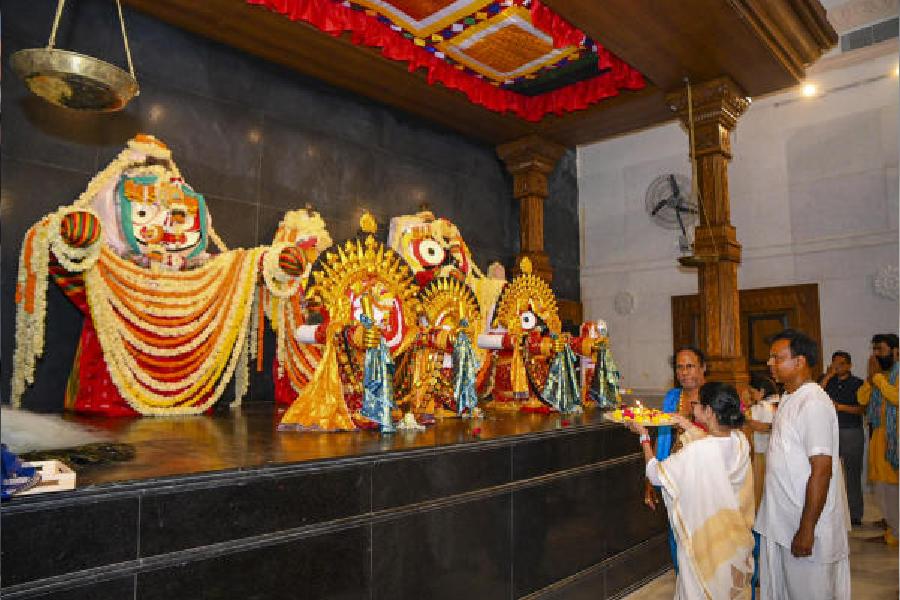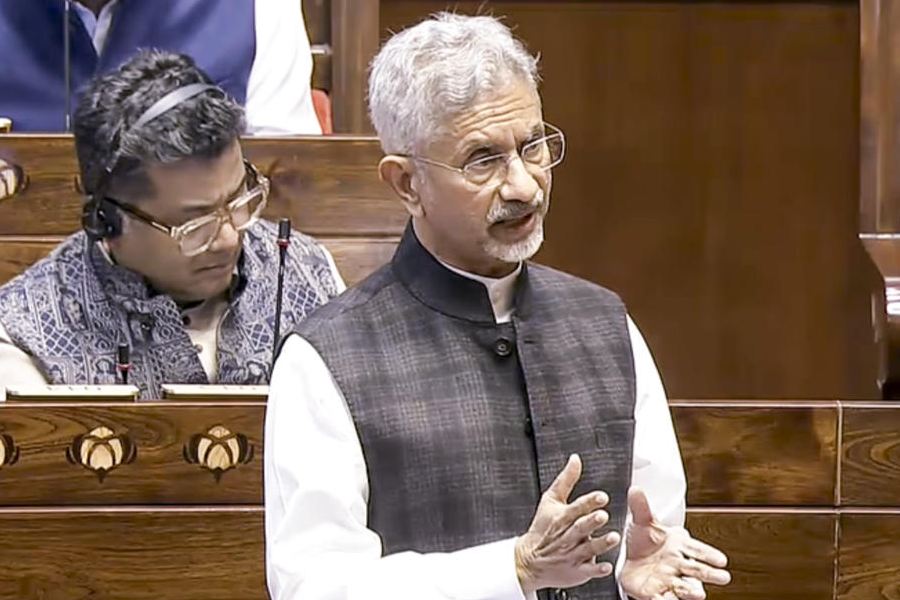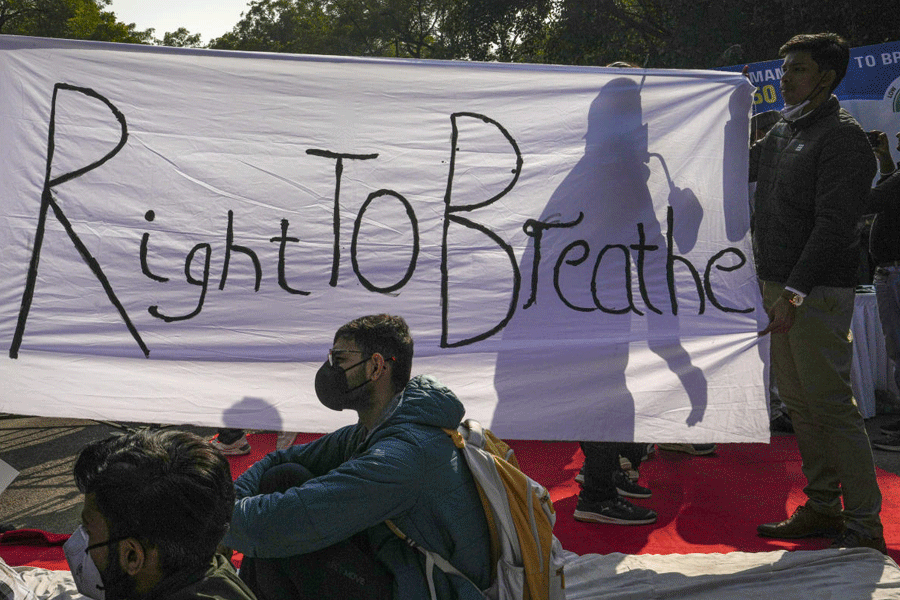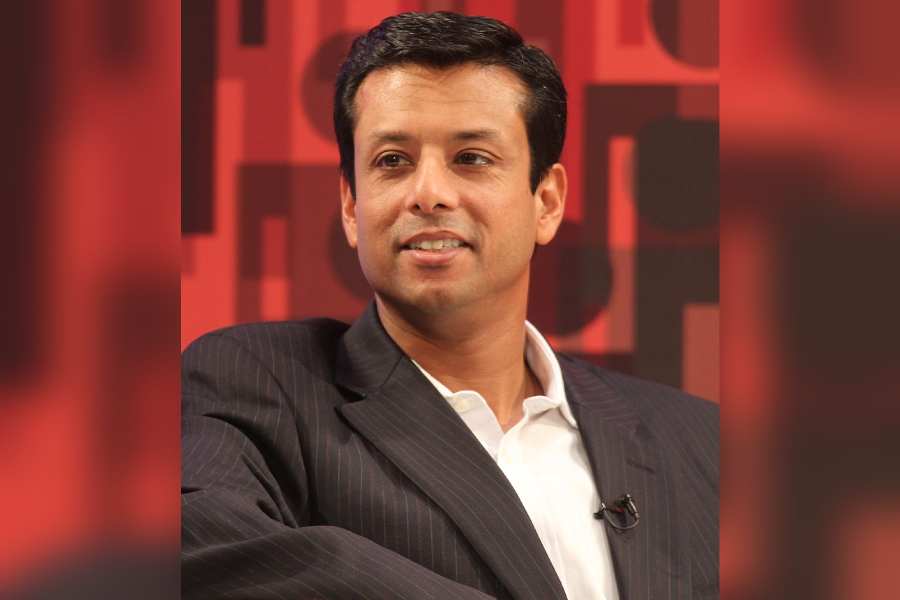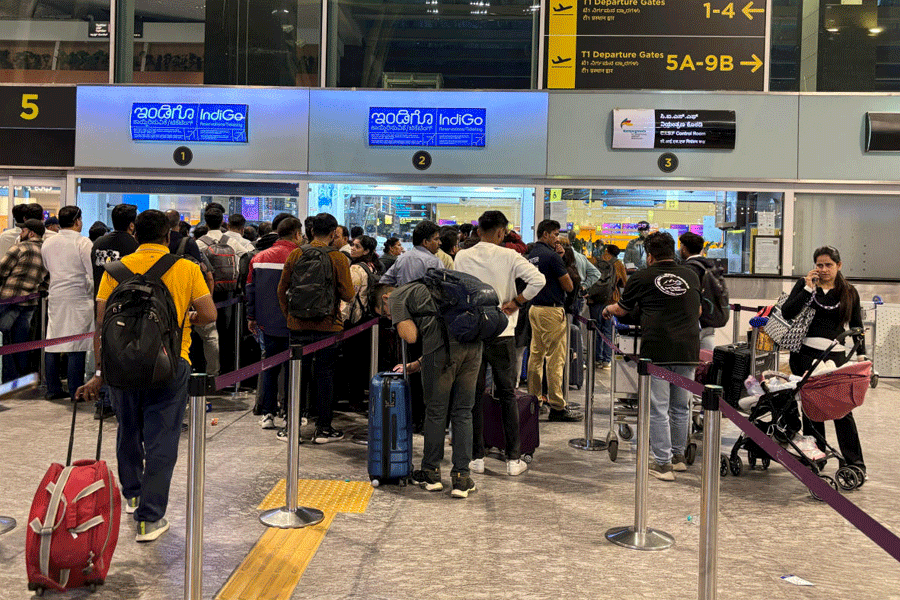The Odisha government on Monday made it clear that the wood used for the construction of the idols of Shree Jagannath and his siblings at the newly inaugurated Digha Jagannath Temple was neither taken from Puri nor leftover from the 2015 Nabakalebara in Puri.
The government has also decided to write the West Bengal government, requesting that the Digha Jagannath Temple not be referred to as “Jagannath Dham” and the Digha sea not be called “Mahodadhi”—a title traditionally reserved for the sea near Puri.
Senior servitor Rama Krushna Das Mohapatra had told Bengali news channels during the temple’s inauguration on April 30 that he had carved the idols from surplus neem wood used in Puri’s 2015 Nabakalebara. This, the government said, was “a complete lie.” During Nabakalebara, which occurs every 12 or 19 years, new idols are carved from a specially identified neem tree and the old idols are laid to rest.
Odisha law minister Prithviraj Harichandan stated: “The Shree Jagannath Temple Administration has submitted its report on the controversy relating to Digha Jagannath Temple. They prepared the report after doing a detailed investigation on the row. As per the report, Rama Krushna Das Mohapatra had taken the Jagannath idols from Bhubaneswar and not from Puri. The three idols were made of neem wood and were prepared by Bhubaneswar-based sculptor Sudarshana Maharana. Sudarsana Maharana has also admitted to making the three idols and handing them over to Rama Krushna Das Mohapatra for their installation at Digha Jagannath Temple.”
Harichandan added, “We also consulted the carpenters in Puri. They made it clear that it’s not possible to carve out three 2.5-foot-high idols with the leftover sacred neem wood. Besides, no wood had been dispatched for this from the temple. It was a slip of the tongue on Rama Krushna Das Mohapatra’s part.”
He went on: “In 1995, the then government had made a mistake. Earlier, the surplus wood from the Nabakalebara ceremony remained with the temple administration and it was kept in the Darugruha (wood house) inside the shrine. But later, the Daitapati Nijog (group of servitors, considered bodyguards of Lord Jagannath) was given the responsibility to look after the wood.”
Harichandan said, “We will write to the Bengal government not to call Digha Jagannath Dham and omit the word Mahodadhi for the Digha sea. There are only four Dhams in India, and other places have the spiritual legitimacy to be called Dham. We had a detailed discussion on this issue with the different servitor associations (Nijogs) and other eminent personalities. It can mislead the faithful. If the Bengal government does not accept our proposals, we will take the required legal course of action.”
The four Dhams are Rameswaram in Tamil Nadu, Badrinath in Uttarakhand, Dwarka in Gujarat and Puri.
Maintaining that the Odisha government has no objection to setting up Jagannath temples, the law minister said, “We will soon come up with guidelines — a standard operating procedure (SOP) regarding the setting up of Jagannath temples. The guidelines will define the course of actions that need to be followed while setting up the temples. It will clearly define the job chart that the servitors need to follow.”

